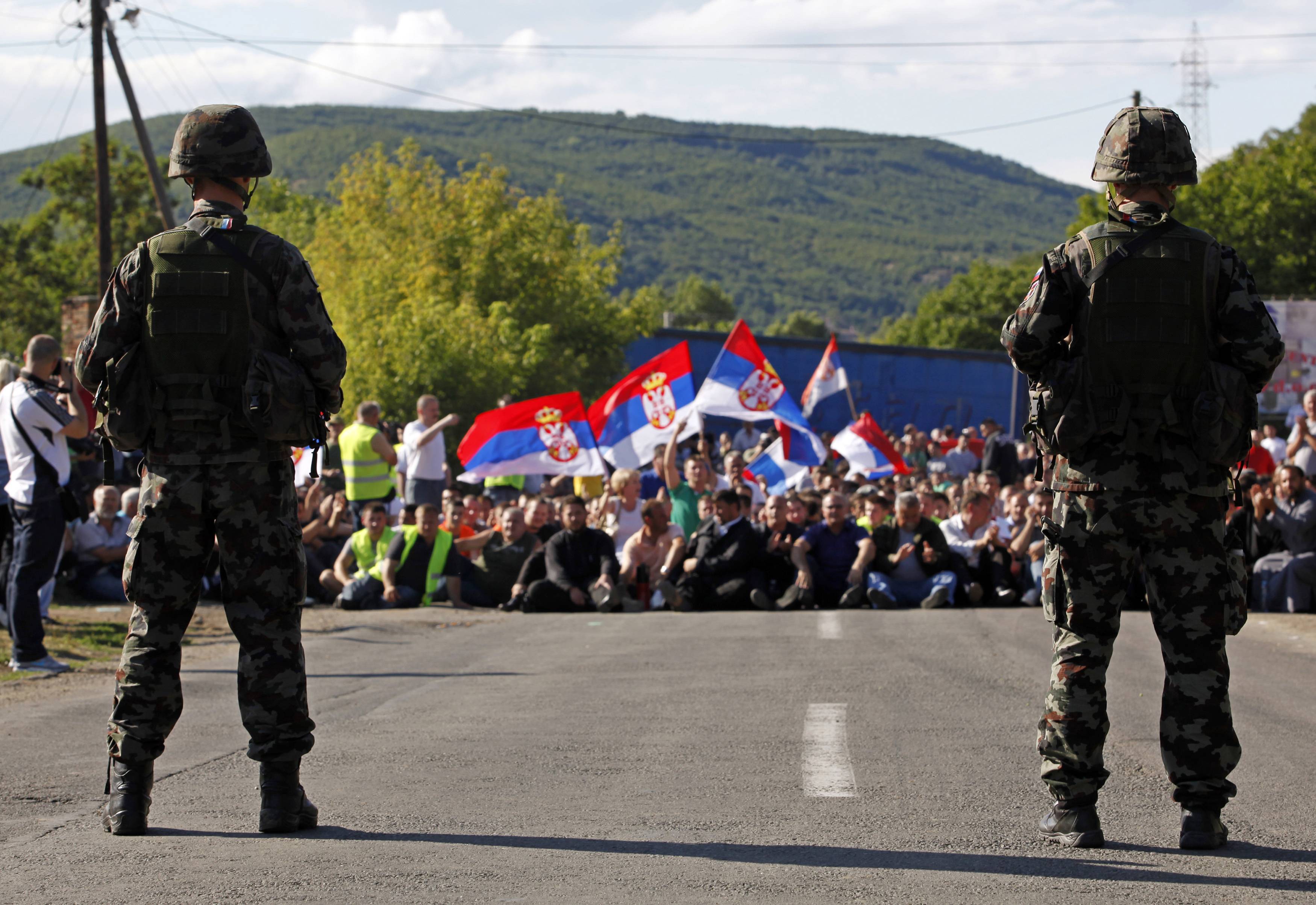Kosovo: should/could Serbia intervene unilaterally?
Should Belgrade send forces into the north to lance this boil? It may be the only way to force the hand of the U.S., EU and NATO. They have been unable to settle the status dispute in over 15 years so maybe there is nothing but to allow the map to mirror reality.
| Suggested Reading | Conflict Background | GCCT |
By Gerard Gallucci
Tensions are rising again in north Kosovo. Serbia has reportedly put its forces on alert. Continuing conflict over the northern, predominately Serbian, municipalities (including North Mitrovica) owes to the still unsettled dispute over Kosovo independence and the continuing effort by Kosovo Albanians to subject the north to direct rule. Pristina wants the northern Serbs gone while the Western sponsors of independence have failed to impose the type of settlement proposed in the Ahtisaari Plan (including an Association of Serb Municipalities).
Is there a role for Serbian forces in Kosovo? As noted previously, UNSCR 1244 – which authorized the UN and NATO intervention in Kosovo in 1999 – provides for the return of some Serbian security. If NATO discussed with Belgrade facilitating this in Serbian majority municipalities in Kosovo, this might itself encourage Pristina to act more responsibly. Make no mistake, Serbian government and security structures already exist in Serbian majority areas and have since the beginning. Most of the funding and support for local government and communities comes from the Serbian budget. Whether they have worn the uniforms of Kosovo police or no uniforms, Serbian police (and judges) help maintain law and order. They are the ones that Pristina refers to as “criminal gangs.” Pristina’s longtime goal remains to remove these elements of Serbian government in order to subject Kosovo Serbs to Kosovo Albanian authority. Nationalist leader, and now Kosovo Prime Minister, Albin Kurti knows that this would in itself encourage many Serbs to leave. He knows how to do the rest. The kerfuffle over license plates is the tip of the iceberg.
Should Belgrade send forces into the north to lance this boil? It may be the only way to force the hand of the U.S., EU and NATO. They have been unable to settle the status dispute in over 15 years so maybe there is nothing but to allow the map to mirror reality. Could Serbia do so? Belgrade might simply order its forces to the northern border and push over it. It seems most likely that NATO would merely back away to avoid a greater conflict. Or Serbia could take advantage of a fairly porous border and send patrols into the north before being noticed. Serbian police might appear in Mitrovica overnight by just putting on their uniforms. In either scenario, NATO’s responsibility would be to keep the Albanians on the south side of the Ibar. The clock on any other resolution may have run out.
Gerard M. Gallucci is a retired US diplomat and UN peacekeeper. He worked as part of US efforts to resolve the conflicts in Angola, South Africa and Sudan and as Director for Inter-American Affairs at the National Security Council. He served as UN Regional Representative in Mitrovica, Kosovo from July 2005 until October 2008 and as Chief of Staff for the UN mission in East Timor from November 2008 until June 2010. He was Diplomat-in-Residence at Drake University for the 2013-14 school year and now works as an independent consultant.
The views expressed in this article do not necessarily reflect those of TransConflict.



















